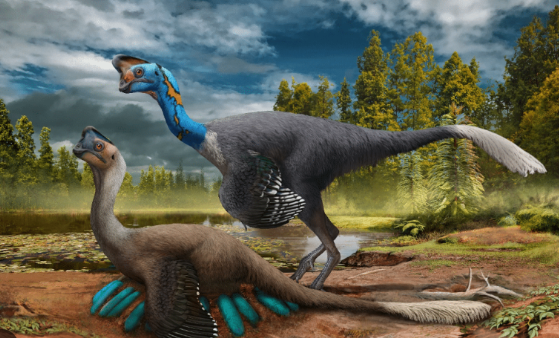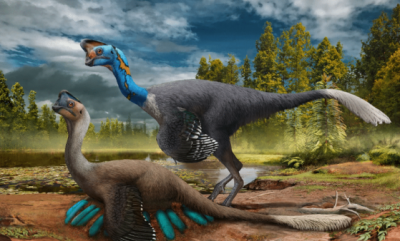About 148 to 150 million years ago, a strange dinosaur the size of a pheasant, resembling birds with long legs and arms resembling wings, lived in southeastern China. The creature has a puzzling anatomy suggesting that it was either a fast runner or led a lifestyle similar to that of modern long-legged birds. Scientists announced on Wednesday that they discovered a Jurassic dinosaur fossil in Fujian Province, which they named "Fujianvenator prodigiosus," in a finding that sheds light on an important evolutionary stage in the origin of birds.
Min Wang, who leads the research team and is a paleontologist at the Institute of Vertebrate Paleontology and Paleoanthropology at the Chinese Academy of Sciences, stated that classifying Fujianvenator, with its bizarre structural features, as a bird depends on our definition of birds. When asked for a word to describe Fujianvenator, Wang replied, "I would say 'strange.' Fujianvenator bears little resemblance to any modern birds."
A remarkable event occurred in dinosaur evolution when small feathered dinosaurs from a lineage known as theropods gave rise to birds in the late Jurassic period, the time of the oldest known bird, Archaeopteryx, which dates back about 150 million years to Germany. The Fujianvenator fossil was discovered last October, relatively complete but missing the animal's skull and parts of its feet, making it difficult to interpret its diet and lifestyle.
Based on its long leg anatomy, researchers proposed two possible lifestyles: either fast running or wading in a marshy environment, much like modern cranes or herons. Wang stated, "I bet it was a runner." Scientists are seeking a better understanding of the origin of birds and non-flying dinosaurs that possess bird-like traits. The early chapters in the history of birds remain elusive due to the scarcity of fossils. After Archaeopteryx, a crow-sized bird with teeth and a long bony tail and without a beak, whose fossils were first found in the 19th century, there is a gap of about 20 million years until the next birds appear in the fossil record.




